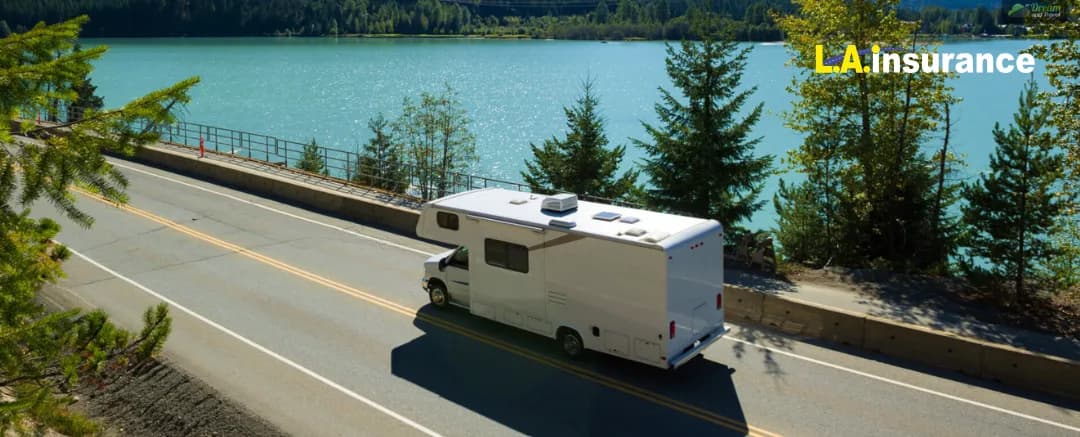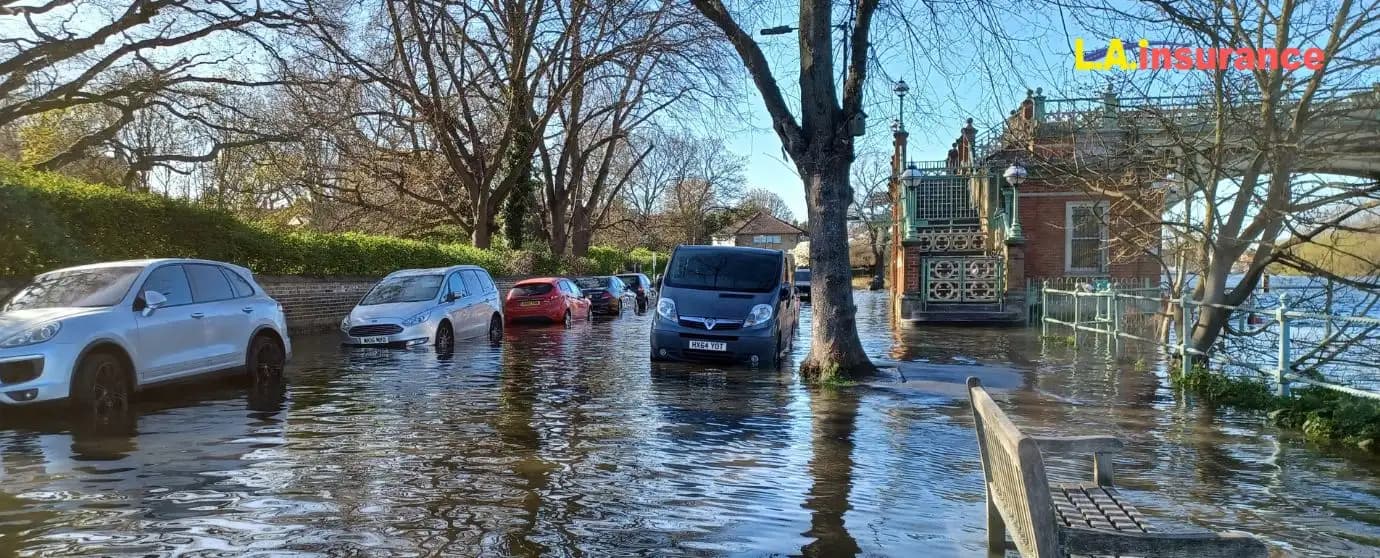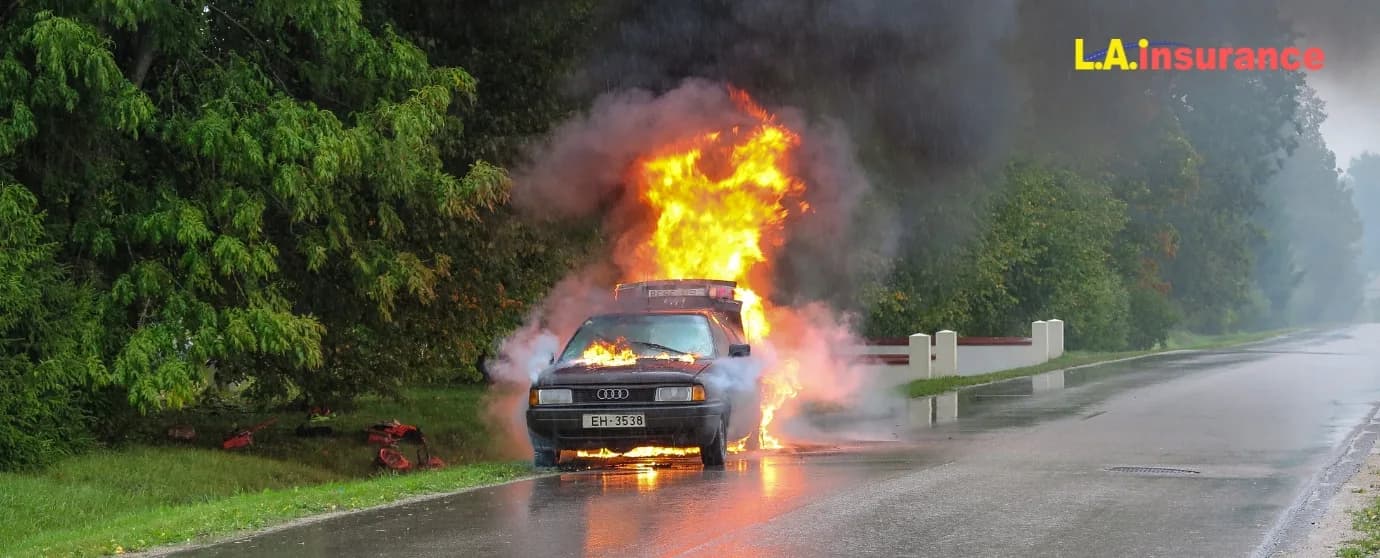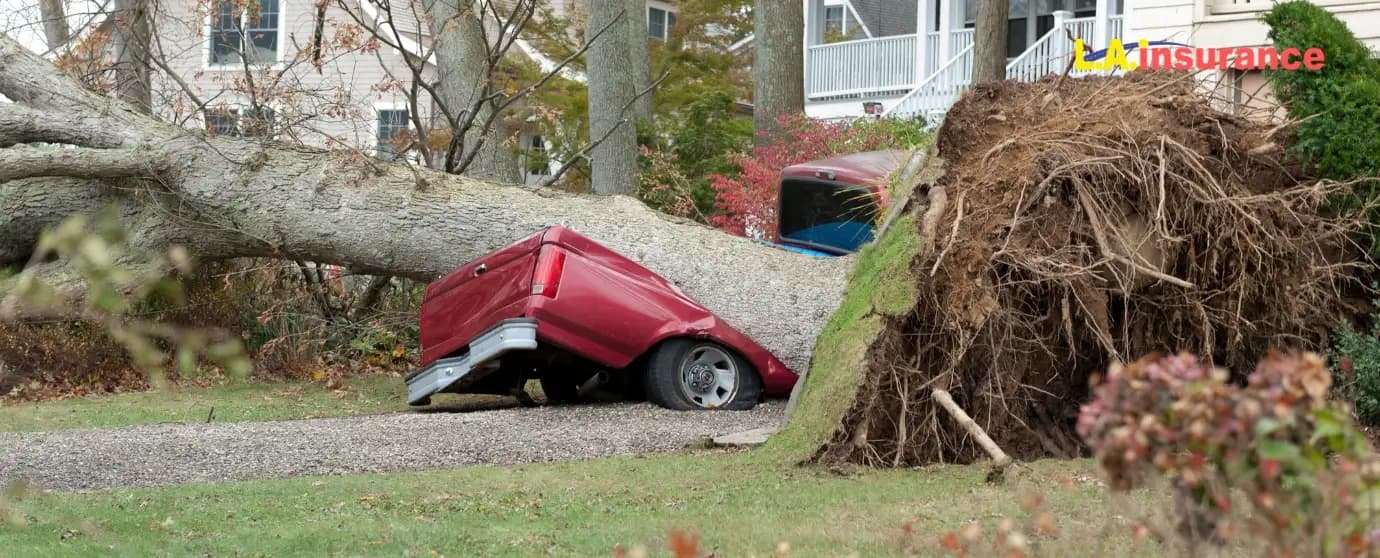
Publish Date: 23-09-2025
RV & Motorhome Insurance
Last Updated: 25-09-2025
Does RV Insurance Cover Delamination?
In most cases, RV insurance does not cover delamination, especially when it's caused by poor maintenance, old sealant, or long-term water damage. That bubbling or warping on your rig’s fiberglass exterior? Insurers see it as preventable. It's your responsibility to catch and fix it before things get ugly.
That said, RV or motorhome insurance doesn't always exclude delamination repairs. Sometimes, the damage is beyond your control. For example, if delamination results from a sudden event or natural disaster such as a storm, flash flood, or accident, consider yourself fortunate. These are covered perils under comprehensive insurance.
To receive compensation for delamination through your comprehensive coverage, you'll need to prove the damage wasn’t due to neglect or regular wear and tear.
In short, unless a tree punched a hole through your RV wall last night, don’t expect your insurance provider to write you a check. Instead, stay ahead of costly repairs with regular inspections, roof resealing, and a solid maintenance routine.
Let’s learn a few more things about delamination so you can better protect your RV.
What Is Delamination?
Delamination is when the fiberglass outer layer of your RV starts to peel or bubble away from the plywood or foam underneath. It’s more like your RV’s wall losing its grip, just like a sticker peeling off a surface.
It usually shows up as bubbles, waves, or soft spots on the RV’s exterior (or something even inside the walls). If you press on the wall and it feels spongy or hollow, that’s surely a red flag.
Here's an example: If your RV’s sidewall looks like it’s growing a weird blister, that’s not just a cosmetic issue. It’s likely that moisture has snuck in, broken the bond between the layers, and started the delamination process. And leaving it untreated can rot the plywood, invite mold, and compromise the wall’s structural strength.
What Does Motorhome Delamination Look Like?
It’s important to identify delamination on your RV or travel trailer. Motorhome delamination usually looks like bubbles, blisters, or waves on the RV’s fiberglass exterior. You might also notice cracks, soft spots, or areas that feel hollow when tapped. These signs mean the wall layers are separating, which often happens due to moisture trapped inside.
Do you need comprehensive coverage or minimum liability to protect your RV? Contact L.A. Insurance agency today and explore affordable RV and motorhome insurance coverage. Find an agent near you, call us at (800) 893-9393, or get your RV insurance quote online right away.
What Causes Delamination?
Delamination usually happens when moisture slips past your RV’s outer shell and messes with the glue holding everything together. But water isn’t the only troublemaker. Here’s what typically causes it:
- Water intrusion from cracked or dried-out sealant, roof leaks, or unsealed windows and vents
- Neglected maintenance, like skipping regular inspections or forgetting to reseal seams
- Extreme weather, rapid changes in temperature, cause expansion and contraction that weaken the bond.
- Manufacturing defects, such as poorly applied adhesive or low-quality bonding agents
- Road stress and flexing from bumpy drives, off-road camping, or uneven campsites
- Sun exposure that breaks down fiberglass, gel coat, or old sealant.
So yeah, it’s not always your fault. But insurers often think it is unless you’ve got a clear event tied to the damage.
Tips to Prevent RV Delamination
The harsh truth is that once delamination starts, it spreads fast and costs a fortune to fix. In fact, fixing moderate delamination could cost you around $2,000 to $5,000. And if it’s an extensive delamination, the cost may go over $14,000.
However, the good news is that you can stop it from happening in the first place. It’s mostly preventable with a little attention and routine maintenance.
Here's how to stay ahead of it:
- Inspect your RV every few months. Look for soft spots, bubbles, or cracks on the exterior, especially after heavy rain or a road trip.
- Reseal your roof and seams regularly. Old, dry, or cracked sealant is the #1 way water gets in. Remove and replace it every 2-5 years or sooner if you live in a wet or humid climate.
- Use RV-specific sealants. Skip the hardware store caulk. Go for Decor, ProFlex, or Eternabond, stuff made for fiberglass and roof work.
- Cover your RV when stored outdoors. Sun, rain, and temperature swings break down the protective layers over time.
- Store it indoors if possible. If you’ve got the option, a climate-controlled garage is your RV’s best friend.
- Fix damage fast. Scratches, cracks, or roof leaks should be sealed up immediately before moisture starts creeping into the wall.
When Does RV Insurance Actually Cover Delamination?
As has been said earlier, RV insurance may cover delamination if a sudden accident causes it. This includes events like a storm, a falling tree, a flash flood, or an accident that damages the RV’s exterior, leading to delamination. However, delamination won’t be covered if it’s due to negligence, lack of maintenance, or regular wear and tear.
In short, in case of natural events or incidents that are out of your control or considered “act of God” or “act of nature”, delamination might be covered under comprehensive coverage. However, to receive the reimbursement, you have to prove that the damage wasn’t due to wear and tear, poor maintenance, or sealant failure. If the cause was preventable, your insurance company will likely deny the claim. So, documentation and timing matter a lot.
More>> What Does RV Insurance Cover?
A Real-Life Delamination Insurance Claim: What Actually Happened
One frustrated RV insurance policyholder shared a delamination insurance claim story in a Reddit discussion thread. He owned a 2008 Four Winds motorhome and noticed delamination near the rear corner, inside and out. After that, he filed a claim with his insurer, and it was approved right away. The estimate came in at just under $18,000, and repairs began.
However, here’s where things went sideways.
After months of delays and four different service managers, the interior delamination damage still hadn’t been fixed. The shop requested a supplemental claim for an additional $2,100, and that pushed the total claim above the insurer’s threshold for a total loss.
Even though they had already paid $18,000 in repairs, the insurance company decided to total the RV and offered a payout of $26,551, minus a $1,000 deductible. The owner wasn’t happy about it. According to NADA and online comps, the RV’s replacement value was far higher. But the insurer stood by their number.
So, the lesson here is that even when RV insurance covers delamination, it can get complicated. Repairs can snowball, and a fixable issue might just end up totaling your rig.
Read more relevant articles:
- Does RV insurance cover water damage?
- Does RV insurance cover awning damage?
- Does RV Insurance Cover Hurricane Damage?
Frequently Asked Questions (FAQs) About RV Delamination Repairs and Coverage
Is it worth fixing delamination?
It depends on how bad the damage is. If it’s a small area with no water intrusion, it could be worth using a delamination repair kit. But if the fiberglass is peeling off multiple sections or the wall’s structure is compromised, repair can be very costly. And it may not be worth the investment if you own an older rig with low market value.
How much to fix delamination on RV?
Minor fixes with epoxy or adhesive kits can cost $100-$500. But if you need a full rebuild of a sidewall, expect to pay $3,000 to $10,000+, depending on the extent of the damage, the labor required, and the size of the affected area. Professional repairs aren’t cheap, and the cost can also vary based on your RV’s construction and whether there’s any mold or plywood rot inside.
When does RV insurance not cover delamination?
Your RV insurance won’t cover delamination if it was caused by things you were expected to prevent, such as leaky roofs, cracked sealants, or long-term moisture exposure. These are considered moisture issues, not insurable accidents.
Does vacation liability RV insurance cover delamination?
No, vacation liability RV insurance is designed to protect you if someone is injured or property damage occurs at your campsite. It’s not for repairing your RV. It won’t cover delamination, even if it happens during a trip. For physical damage, you need to rely on comprehensive coverage.
Tag :
RV & Motorhome Insurance
RV insurance








